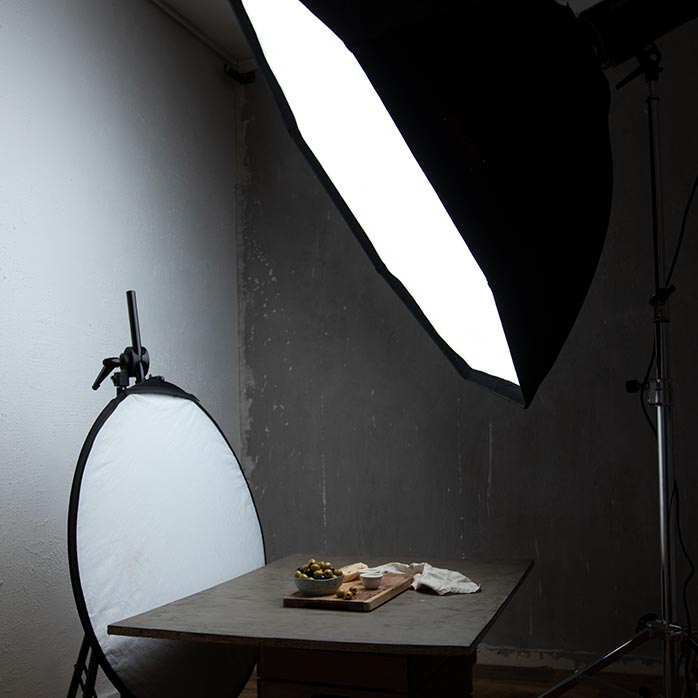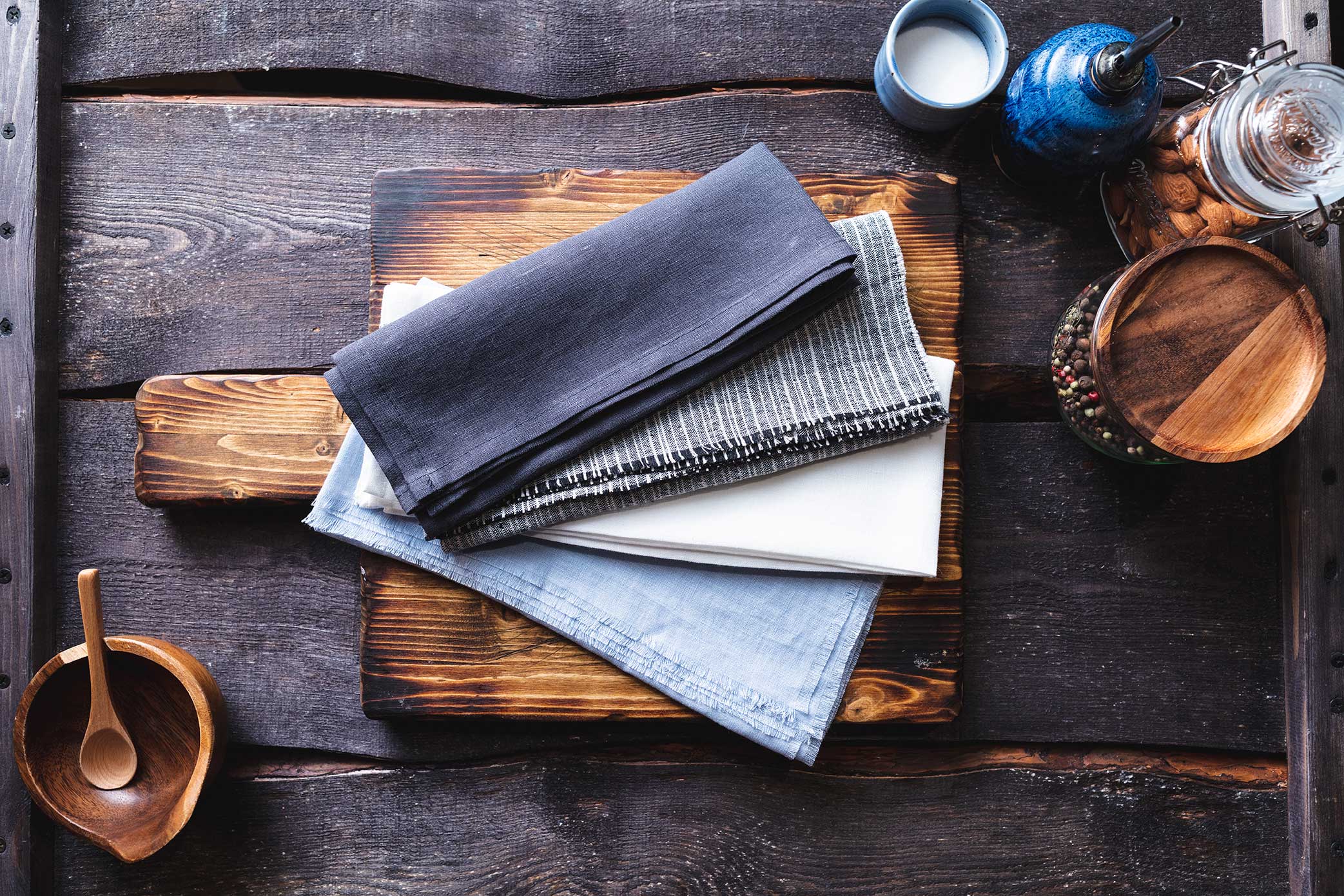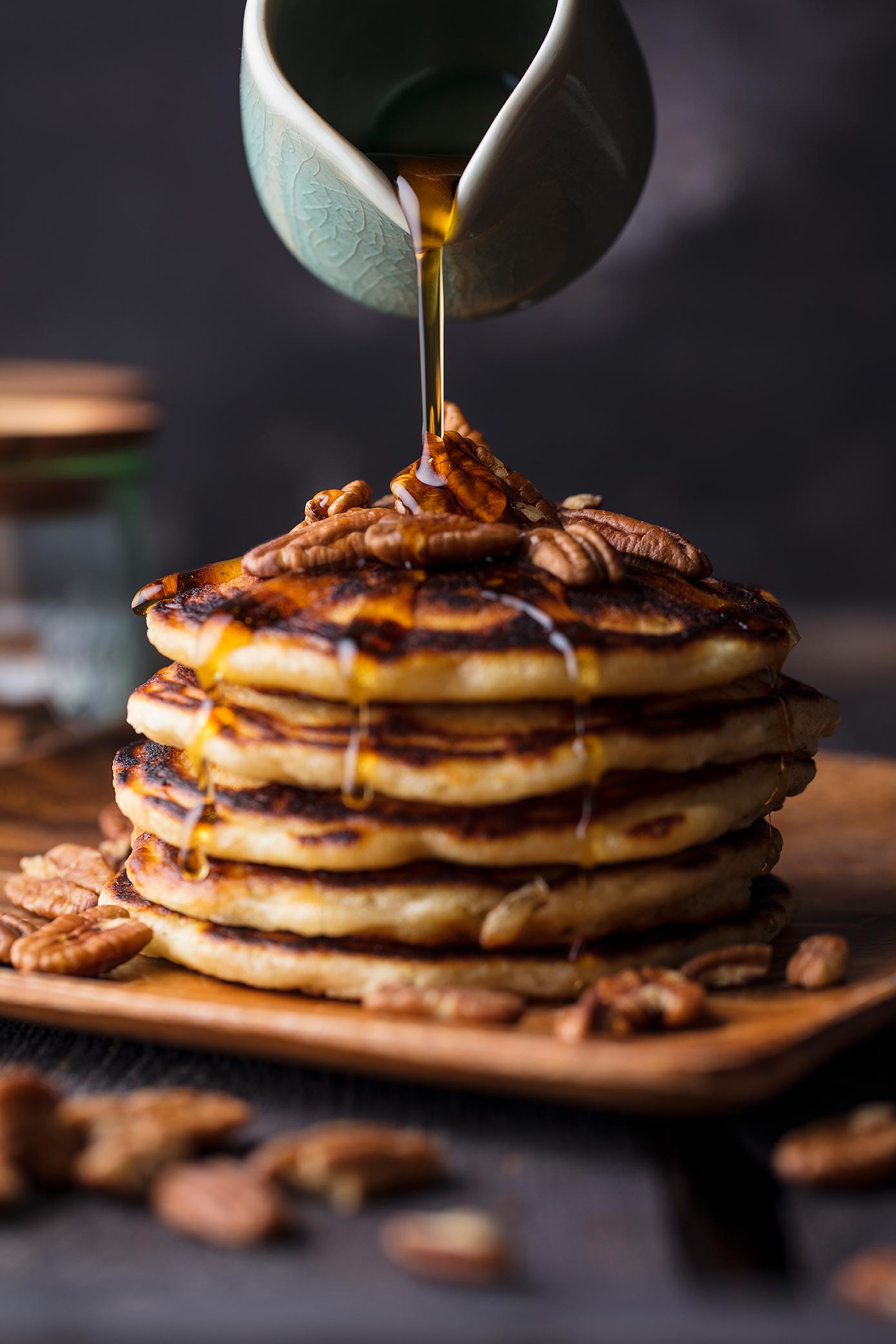Featured
- Get link
- X
- Other Apps
Tips for Food Photography
Food photography is
a popular niche in the world of photography. It involves capturing food in a
visually appealing way to entice the viewer's appetite. Whether you're a food
blogger, a restaurant owner, or just someone who loves food, food photography can
be a fun and exciting way to explore your passion.
In this blog post,
we'll discuss some tips and tricks for taking great food photos.
Lighting:
If you're shooting
indoors, you can use artificial lighting, such as a softbox or a light
reflector. Experiment with different angles and intensities to find the right
lighting that works for your shot.
Composition:
Composition is
another important aspect of food photography. When composing your shot, think
about the placement of the food, the background, and any props you may want to
include. Use the rule of thirds to create a balanced and visually appealing
shot.
Try different
angles, such as a top-down shot, a 45-degree angle, or a straight-on shot. Be
creative and experiment with different compositions until you find one that
works for your shot.
Props and Styling:
Props and styling can help to enhance your food photos and make them more visually appealing. Use simple and natural props that complement the food, such as wooden boards, napkins, or utensils.
When styling the
food, think about the colors and textures of the food. Use contrasting colors
to make the food stand out, and add texture to the shot by using different
backgrounds or surfaces.
Camera Settings:
Experiment with
different aperture settings to find the right depth of field for your shot.
Shoot in RAW format to have more flexibility when editing your photos.
Editing:
Editing is an
important step in food photography. Use editing software, such as Adobe
Lightroom or Photoshop, to enhance your photos and make them pop. Adjust the
exposure, contrast, and saturation to bring out the colors and textures of the
food.
Food photography
can be a fun and exciting way to explore your passion for food and photography.
By following these tips and tricks, you can take great food photos that will
make your viewers' mouths water. Remember to experiment and be creative, and
most importantly, have fun.
- Get link
- X
- Other Apps
Comments




Fantastic tips! The advice about lighting and composition when shooting food is really helpful—especially how soft natural light helps highlight textures without harsh shadows.
ReplyDeleteAlso, for anyone looking to upgrade their gear for food shoots, check out the camera market lahore. They have a great selection of lenses, tripods, and lighting accessories that can make a big difference in your setup.